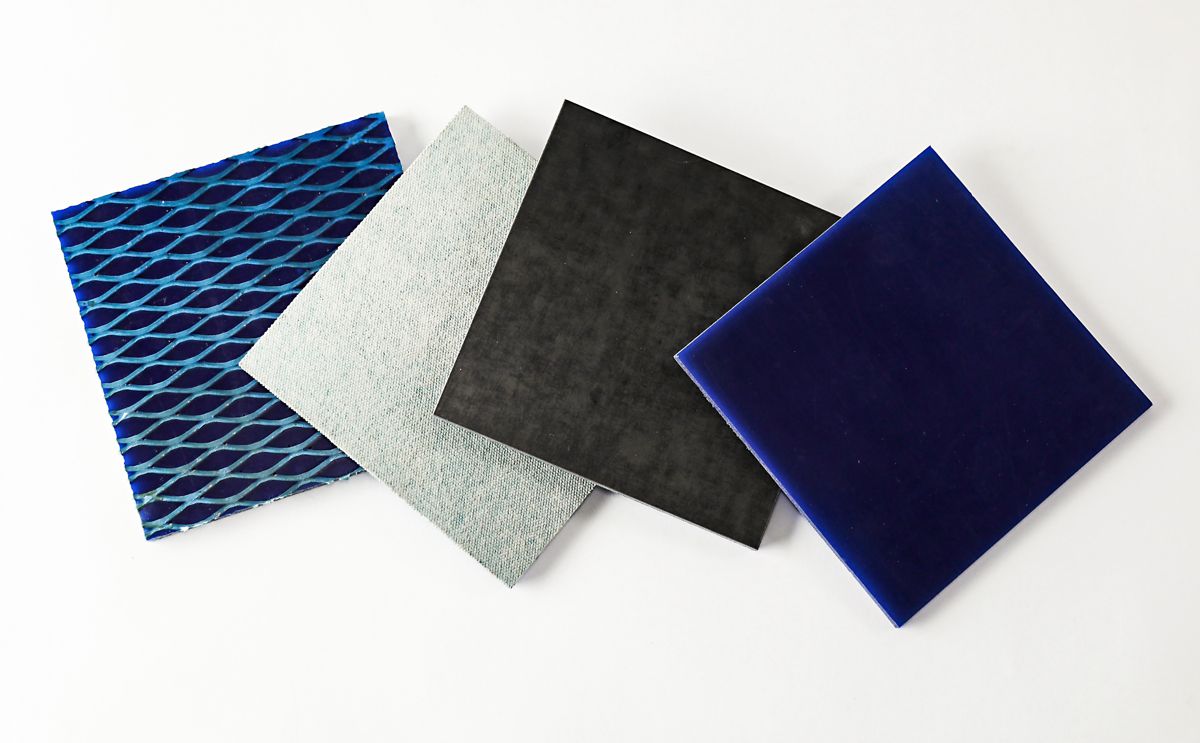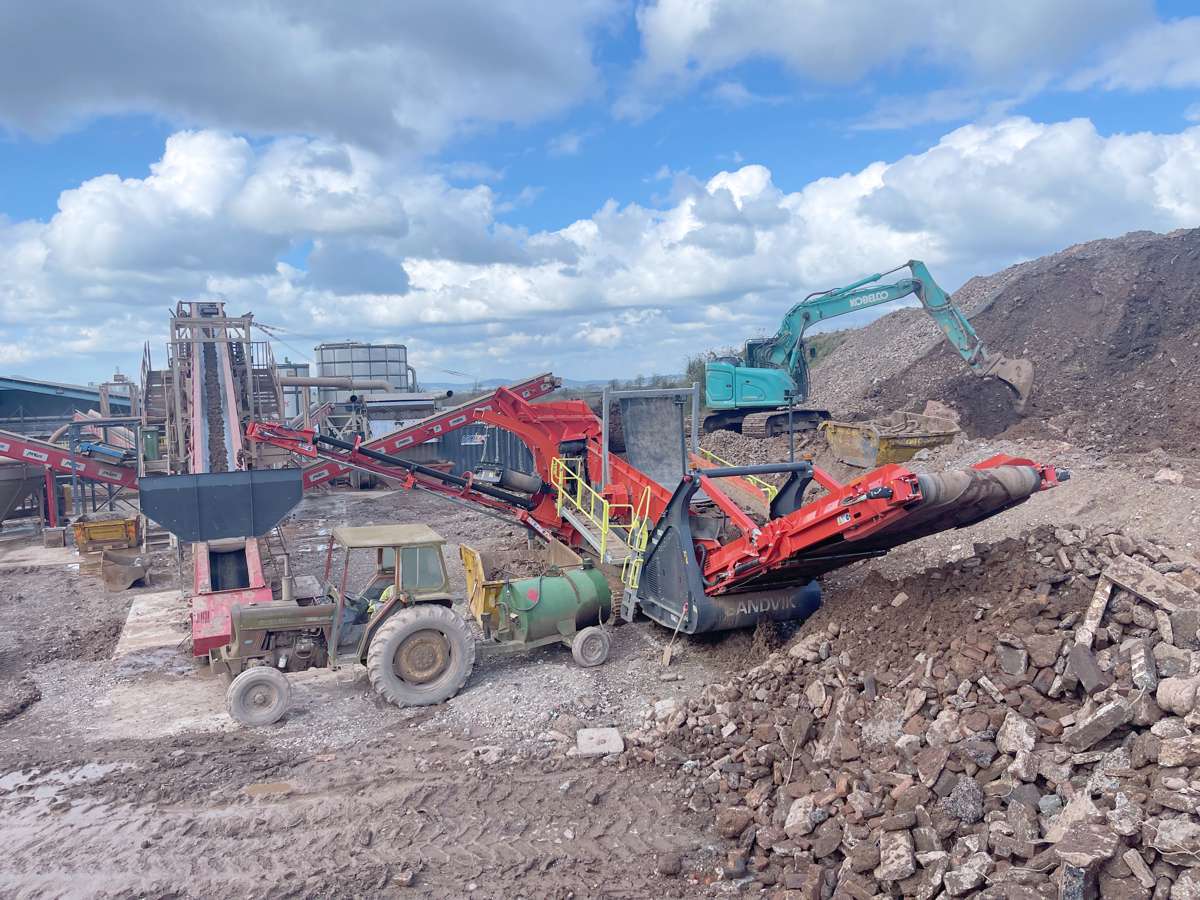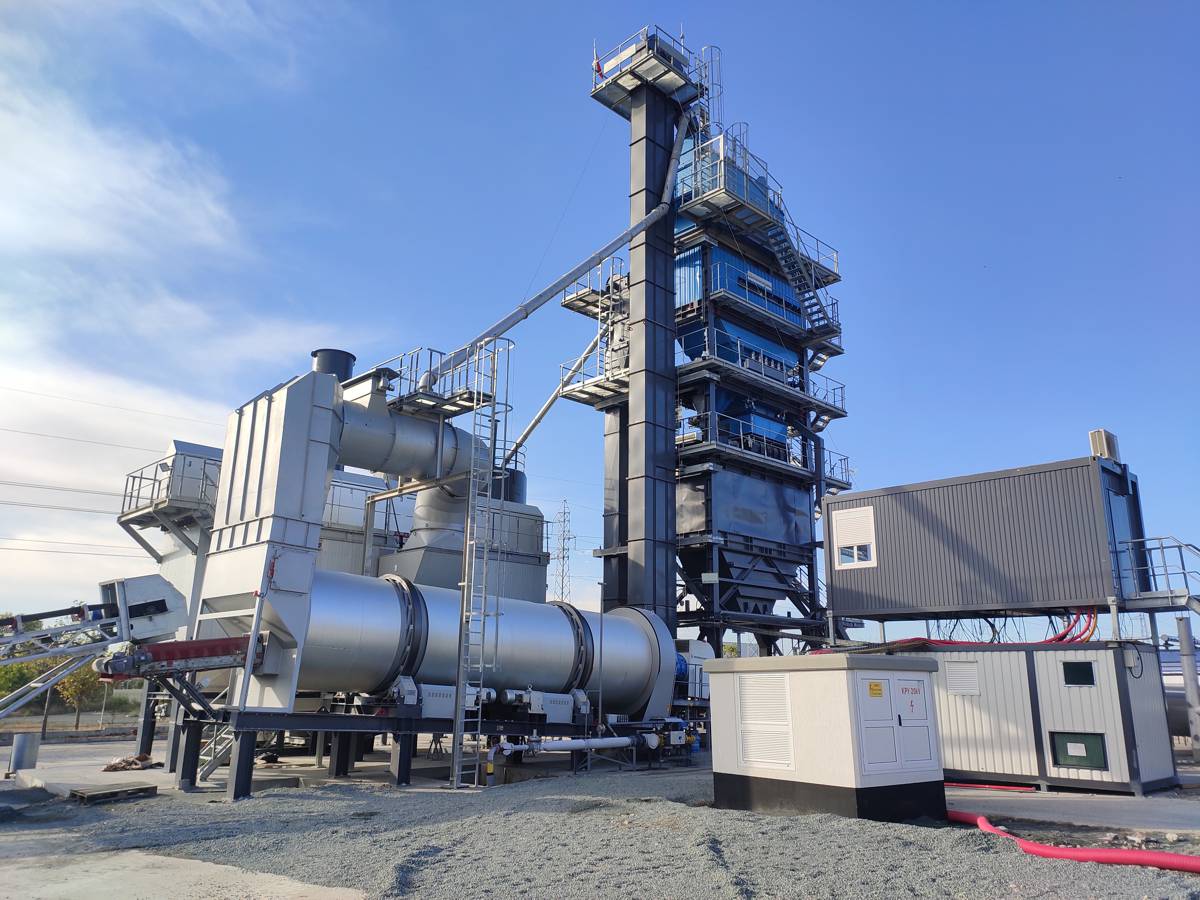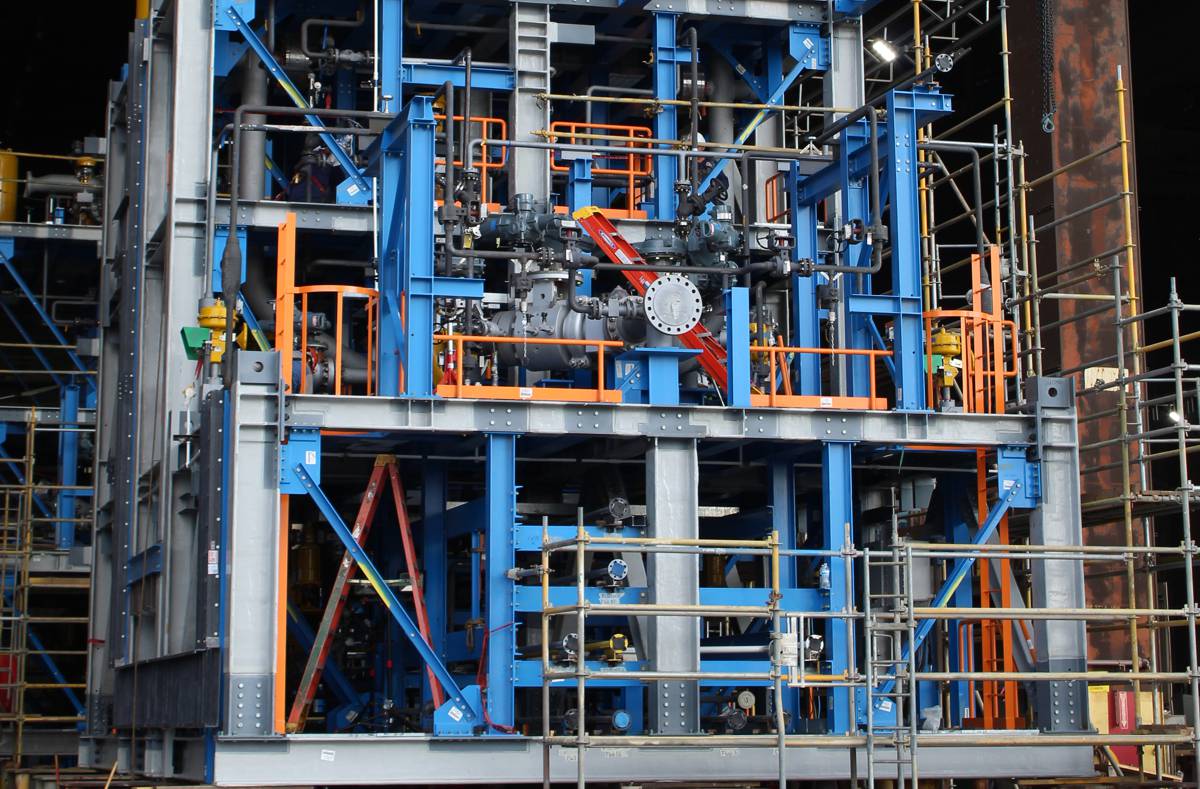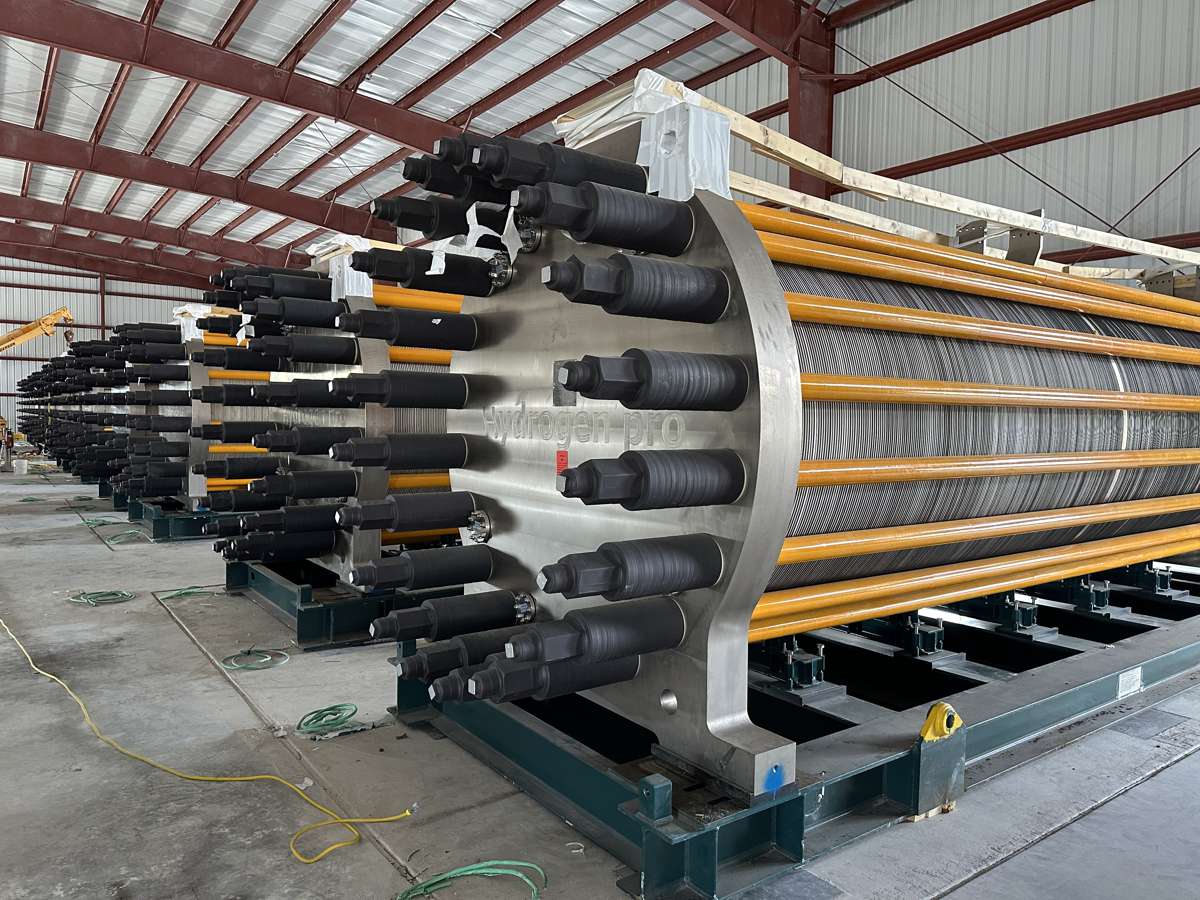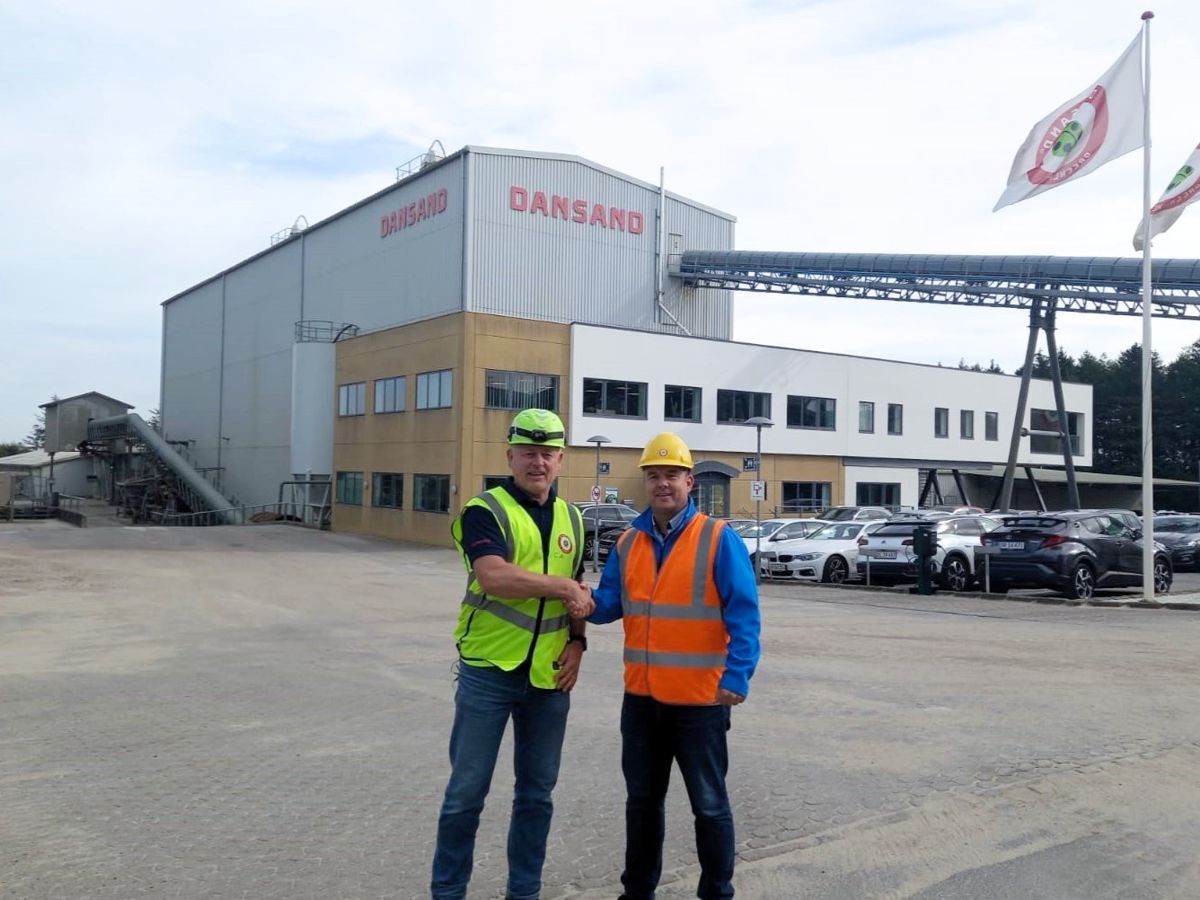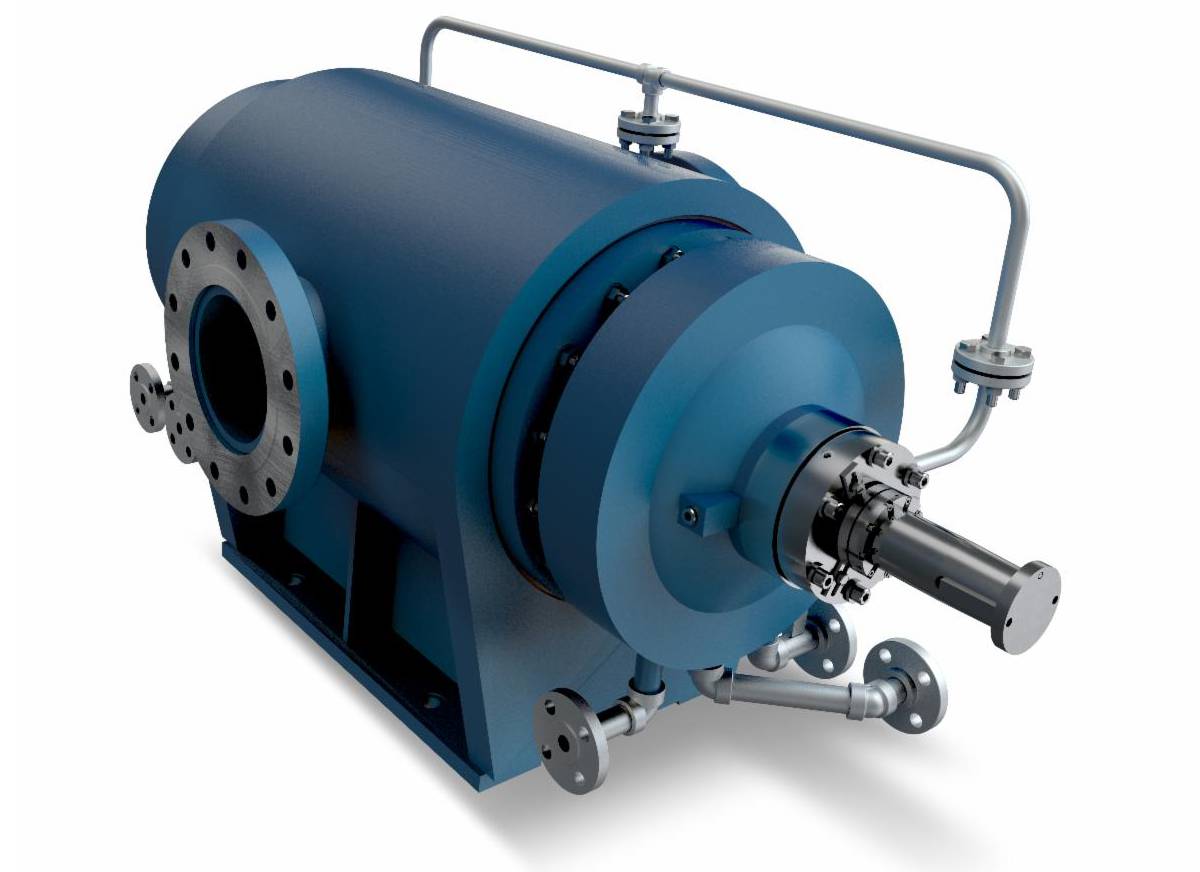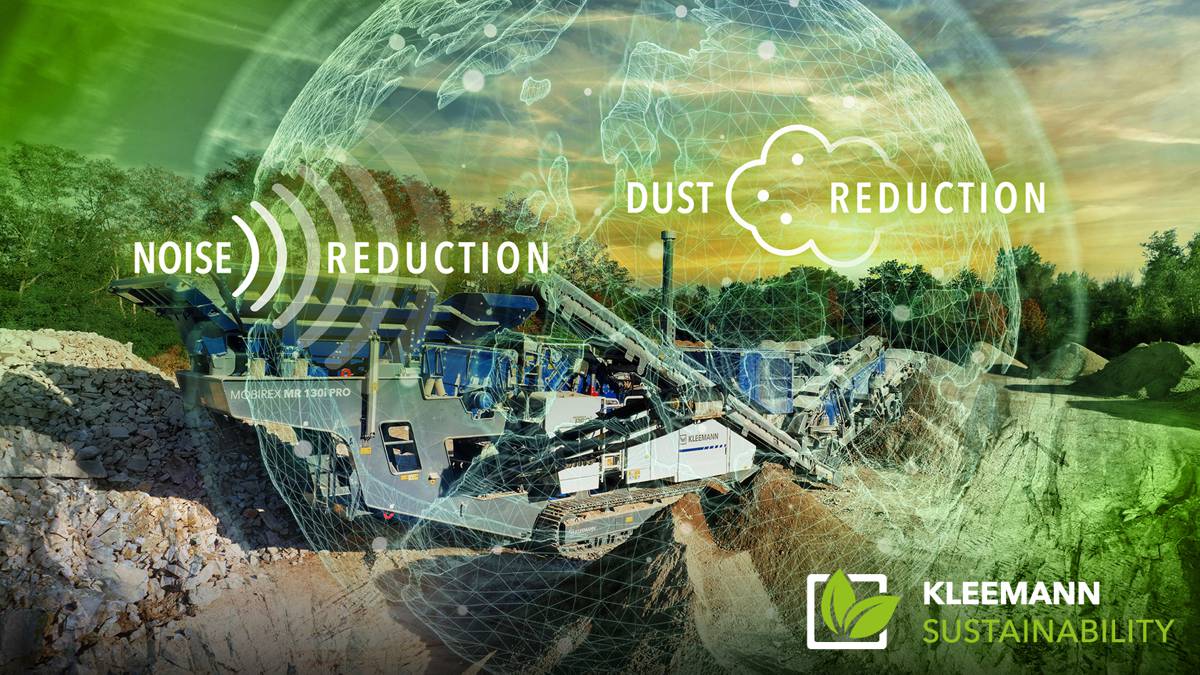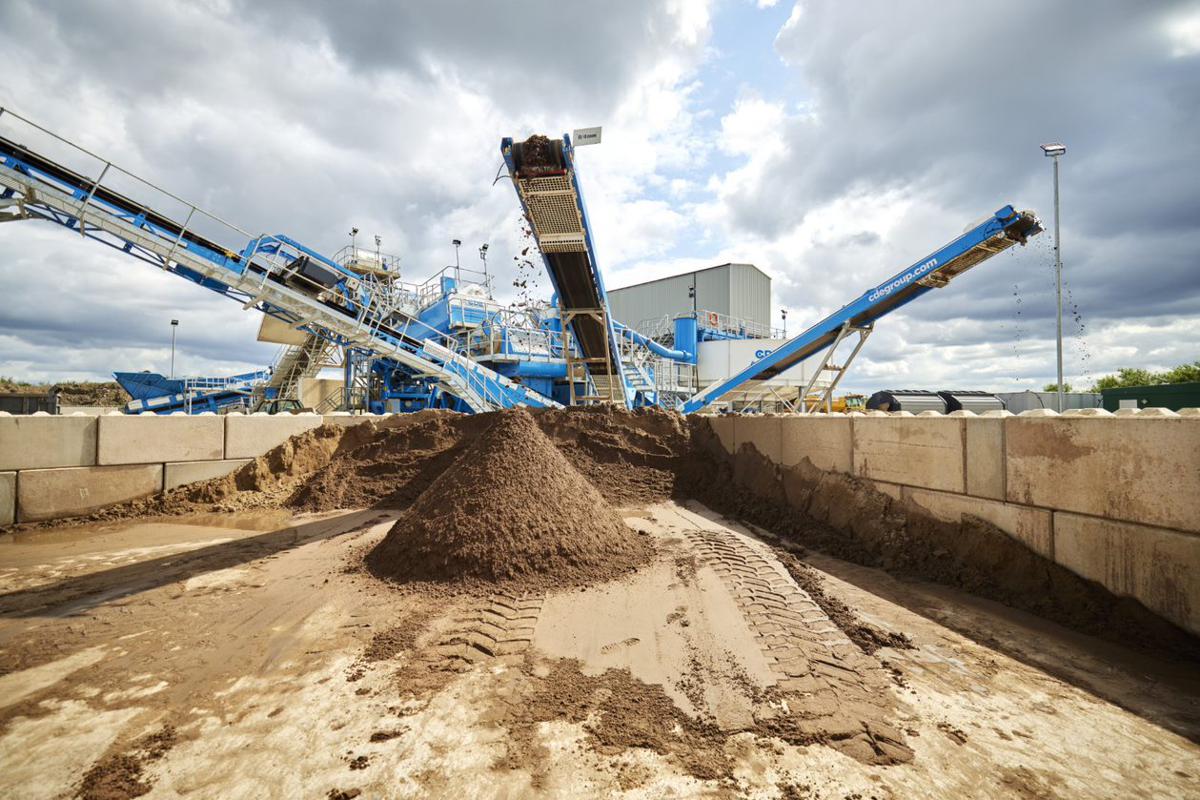Haver and Boecker proves increased Screen Media longevity through Field Testing
Through extensive field testing, equipment manufacturer Haver and Boecker is now offering their Ty-Max and Ty-Wire screen media for aggregate and mining applications with longer wear life.
“Product testing is an ongoing process conducted to ensure products are not only meeting customer expectations, but exceeding them,” said Karen Thompson, Haver and Boecker Canada president. “Through rigorous testing in the field, we discovered these products are proving to be even more durable than originally anticipated, leading to fewer screen changeouts, less downtime and longer wear life.”
Ty-Max lasts seven to nine times longer than traditional woven wire cloth, while Ty-Wire stands up four to seven times longer. Each is poured open cast, allowing the screen media to harden when cured to resist wear and tear, offering one and a half to two times longer wear life over injection-molded products.

Haver and Boecker offers polyurethane media in a variety of options to fit the needs of any operation. Producers choose Ty-Max when they are looking for more wear life on their side-tensioned screen deck. Because it is side-tensioned instead of modular, it can be combined with other side-tensioned screen media on a cambered deck to create the optimal balance between wear life and open area. Ty-Max openings range from 3/32 to 4 inches.

Ty-Wire is a hybrid between polyurethane and woven wire and is available with openings ranging from 1/8 to 1-5/8. The low-maintenance and lightweight qualities make Ty-Wire safer and easier to install than traditional woven wire, and it offers greater open area than polyurethane. It is available in both side-tensioned sections and modular panels.
Both feature a tapered opening design that releases more near-sized material, allowing the screen to self-clean.
Typically, a switch from woven wire cloth, which requires a cambered deck, to a polyurethane modular product requires a deck conversion costing anywhere from $15,000 to $25,000. However, with Ty-Max and Ty-Wire, producers can switch to polyurethane or a hybrid screen media without the added expense of converting their cambered deck.

Additionally, Haver and Boecker’s certified sales team works directly with aggregates and mining operations to determine the best screen media combination for each unique application. Ty-Max and Ty-Wire can be blended with perforated plate, rubber, woven wire or self-cleaning screens to extend wear life and improve performance of the screen media overall.
For example, installing a section of Ty-Max at the feed end will help alleviate the additional wear that comes with the initial material impact. Ty-Wire can be used in the middle of the deck, for example, where basic screening takes place to give operators the ideal combination of wear life and open area. Using woven wire or self-cleaning screens at the discharge end will provide maximum open area at the end of the deck.



